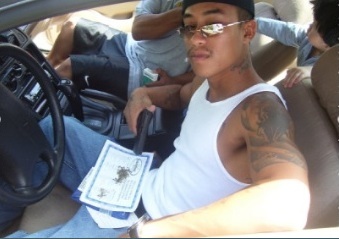Here in gorgeous Atlanta, Georgia I am working on a client’s case which involves questions about whether evidence was properly admitted into the trial. This effort reminded me of a two major observations that apply to all of my federal criminal cases which I handle both here in Atlanta as well as other parts of the country in which I practice.
FIRST: In federal court, evidence is admitted (or kept out) pursuant to two sets of rules. In other words, you need to know the rules before the attorney can really help his or her client.
One set of rules comes from our beloved United States Constitution. This venerable document contains the promise of “due process”. It also the promise (in the Fifth Amendment) that no person shall be required to be a witness against him or herself. The wonderful Sixth Amendment says that all people are entitled to the assistance of an attorney when charged with a crime, and perhaps most importantly, that the accused person has the right to “confront” her or his accusers.
 Atlanta Criminal Defense Lawyer Blog
Atlanta Criminal Defense Lawyer Blog


 Yesterday, the
Yesterday, the